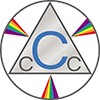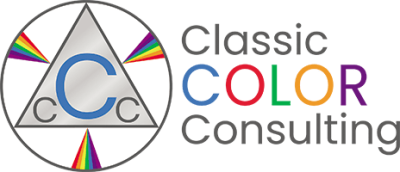Frequently Asked Questions
It is generally understood that color combinations that appear pleasing to us are made up of colors that are in harmony or agree with each other. Colors that do not agree with each other, or that clash, are not in harmony.
Colors that create an aesthetic feeling when used together will commonly accompany each other in color schemes. A basic color scheme will use two colors that are harmonious or look appealing together. More advanced color schemes involve several related colors.
Monochromatic colors are all the colors (tints, tones, and shades) of a single hue. Read more here.
The pure color with no white, black or gray added. For example, the hue of pink is red.
A tint is a color that has been lightened by adding white. (For example, adding white to red makes pink.)
A shade is a color that has been darkened by addition of black. (For example, adding black to green makes a shade of green, such as Forest Green.)
A tone is a color with some gray added. (Adding gray will result in the color being muted, or toned down, without making it too much lighter or darker.)
A color wheel is a tool that can help us think about color. It is basically a circle of colors represented in the color spectrum. A typical color wheel is made up of 12 colors. Read more here.
“Analogous” means similar. Analogous Colors lie immediately adjacent to each other on the color wheel, having one color in common. For example: yellow-green, green and blue-green, or yellow-orange, orange and red-orange.
Complement Colors (also known as True Complementary) are any two colors located directly across from each other on the color wheel.
Split complement color scheme is based on three colors. It uses a color and the two colors adjacent to its true complement. The split complement is an expansion of the true complement.
Triadic colors are three colors equally spaced around the color wheel.
Color consultations are done by our color consultant – Yefim Skomorovsky. Read more here.
Our color consultations take about an hour to do.
The Color Computer is an easy-to-use tool that can help you visualize color harmonies and results of various color mixes. Read more here.




